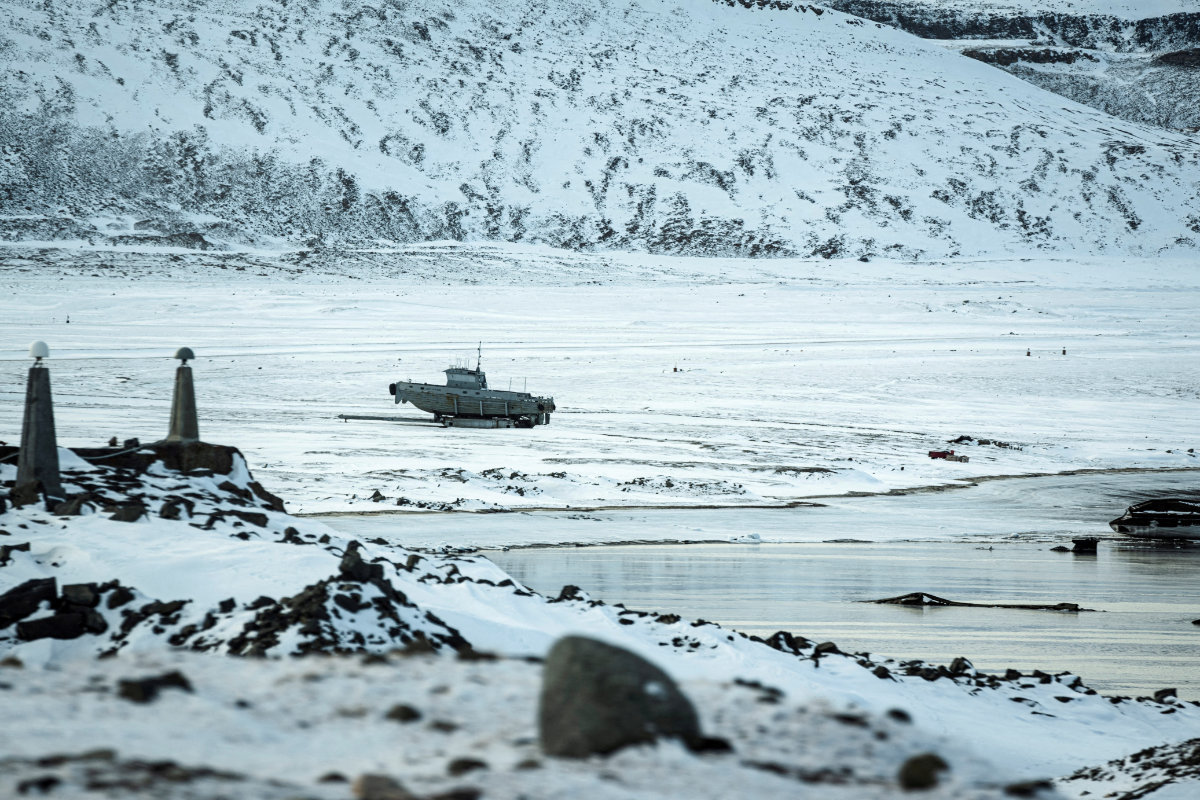NEW DELHI: At the end of their second informal summit in southern India on Saturday, Chinese President Xi Jinping and Indian Prime Minister Narendra Modi said they would deepen their bilateral engagement and work toward a rules-based and inclusive international order.
The leaders also agreed to set up a “high-level economic and trade dialogue mechanism with the objective of achieving enhanced trade and commercial relations, as well as to better balance trade between the two countries.”
The two-day summit took place in the ancient temple city of Mamallapuram, a UNESCO world heritage site close to Chennai, the capital of the southern state of Tamil Nadu.
The meeting will “add great momentum to India-China relations. This will benefit the people of our nations and the world,” Modi tweeted after the summit.
The first meeting between the two leaders was in the Chinese city of Wuhan last year, where they held six rounds of talks, in addition to some delegation-level discussions.
The summit, whose date was announced just two days prior to the meet, came on the backdrop of the recent tensions between India and Pakistan over New Delhi’s decision to revoke Jammu and Kashmir’s autonomous status on Aug. 5.
Beijing supported Pakistan in raising India’s action in Kashmir at the UN General Assembly and criticized New Delhi’s unilateral actions in Kashmir. Xi’s visit to India came just two days after his meeting with Pakistan’s high-level delegation led by Imran Khan in Beijing.
Indian Foreign Secretary Vijay Gokhale told the media after the summit that the Kashmir “issue was not raised and discussed and India-China relations are not predicated to a single issue.”
Gokhale said that Xi apprised Modi of Khan’s visit to Beijing earlier this week.
A statement issued by the Indian Foreign Ministry after the summit said that both the leaders “evaluated the direction of bilateral relations in a positive light and discussed how India-China bilateral interaction can be deepened to reflect the growing role of both countries on the global stage.”
Trade seems to be the focal point of discussions between the two leaders, with the high-level ministerial level mechanism aimed at reducing trade gaps between the two neighbors.
According to India’s Commerce Ministry, India’s exports to China amounted to $13.33 billion in 2018, compared to imports of $76.38 billion.
“The mechanism will be led by the Indian finance minister and Chinese vice president ... the discussion will be on how to balance trade, how trade deficit will be addressed,” Gokhale added.
To take the bilateral relations to a new height, both the leaders “decided to designate 2020 as Year of India-China Cultural and People-to-People Exchanges and agreed that the 70th anniversary of the establishment of India-China “relations in 2020 will be fully utilized to deepen exchanges at all levels.”
International affairs expert Harsh V. Pant, of New Delhi-based think-tank Observer Research Foundation (ORF), termed the summit as “quite underwhelming.”
“The Wuhan summit was far more substantive, at least on paper, than the Chennai one and this reflects reality of relationship at the ground. It is a very, very difficult relationship,” Pant said.
“The summitry of this kind is good between the two large neighbors where two leaders can exchange views. However, I don’t think it alters the reality at the ground,” he said.
Pant said that two major takeaways were “the discussion on trade and radicalization. Apart from this the talks were really generic.”
In the last summit “there were some proposals of India and China cooperating in some third countries, like Afghanistan, Bangladesh and all, but this time there was no such talk. This is the reality of Sino-India relationship today. For all the theater the reality is something different.”
Pant, however, welcomes the regular interactions with the top leadership of both the nations.
Manoj Kewalramani, a fellow at Bangalore-based think-tank the Takshashila Institution, said that the meet was “high on optics and there were hardly any tangible outcomes.”
However, he said that “high-level engagement has managed to instill some sense of stability in the bilateral relationship. Unlike the past summit few substantives issues have been discussed in the delegation level talks this time. Both sides emphasize peace at the disputed boundary and work together amid the changes underway in the international political and trading order.”





























